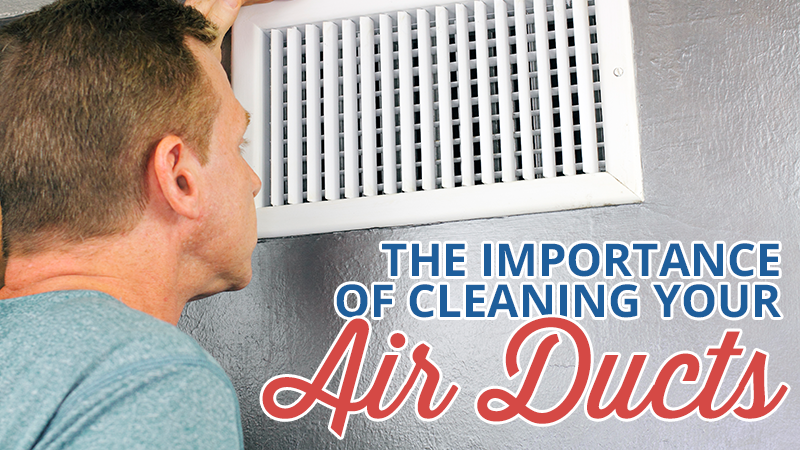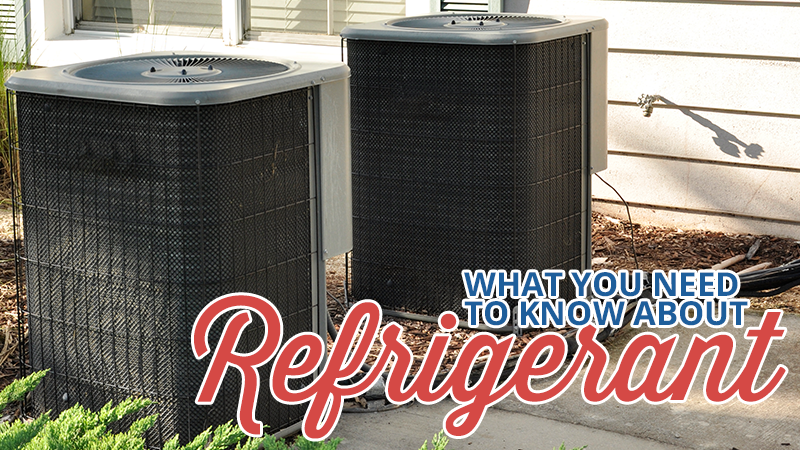
by RevContent | May 19, 2016 | HVAC Contractor
Even though it might be apparent that an air duct cleaning would be good for the health of an HVAC system, homeowners tend to put it off when the immediate benefits seem low. It’s often not until the AC is running around the clock that cleaning the ducts is given thought, and that’s months after the idle dust from the winter hiatus have been pumped into your home. To help push the cleanliness of your air ducts to its proper position on your list of household tasks, just think of how a pristine pathway for your HVAC system’s hard efforts will reduce your energy consumption and your utility bills. Reduced Cost of Maintenance The most insidious source of AC system malfunctions is the small particulates that float through the household air and gather inside the air ducts. Eventually, these granules of terror can make their way into more sensitive equipment and physically inhibit their operation. These parts will work harder, generate more heat and have a much higher likelihood of suffering a major malfunction. Wiping out all of the dust collected inside the airways can keep the levels low enough to avoid excess strain on the equipment. Replacing a single compressor can cost more than $1,000 for parts and labor, so anything that can be done to avoid injuring this vital component should be given priority. You won’t have to replace your air filter as often, either! Improves Efficiency of the AC System While small and light, dust is still substantially more solid than the mixture of gasses and liquids that run through your AC. When the fuzz starts...

by RevContent | May 5, 2016 | HVAC Contractor
An air conditioner can seem like an almost magical device. Just run a current of electricity through it and the fans and coils start working together to blast away the overbearing heat of a midday sun on a summer day. All of this is possible through the manipulation of the physical properties of the refrigerants that run through the veins of the AC system. What Is Refrigerant? The term “refrigerant” refers to any substance that uses an ability to easily undergo phase transitions to siphon heat from another substance. Over the years, dozens of different materials have been used, each assigned a designation (noted R-Number) to keep track of their properties. For in-home and office air conditioning, the refrigerant of choice has been R-22, a hydrochlorofluorocarbon (HCFC) named Chlorodifluoromethane. This has recently been replaced by R-401a, a mixture of R-22 with R-152a and R-124, which has less impact on the environment. The total range of possible refrigerants even includes familiar names like carbon dioxide and ammonia. Each AC unit is designed to operate with a specific refrigerant, although some interchangeability does exist. How Does the Refrigerant Work Inside an AC? The refrigerant is first put under pressure by a compressor, shifting it into a liquid state. As it passes through the compressor, it also serves as a lubricant. It then passes by the outside air where it emits heat before coming into contact with the evaporator coil. The refrigerant morphs back into a gas and replenishes its heat supply from the air surrounding the coil. The now chilly air is guided into the nearby room or ductwork where it cools your building. Do...





Recent Comments